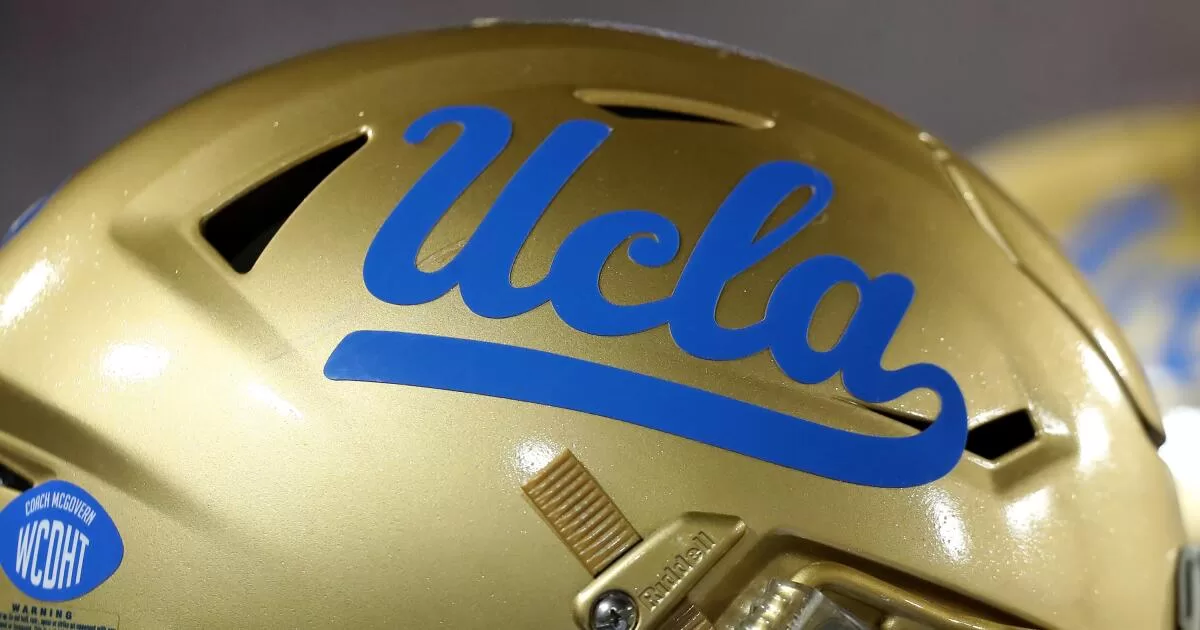The proposed subsidy, based on a projected $50-million difference per year in revenue between the schools’ athletic departments, is at the high end of the $2-million-to-$10-million annual payment that was discussed in December 2022 when the UC regents approved UCLA’s departure to the Big Ten.
The recommendation from UC president Michael V. Drake, which would start this year and run through the existing term of UCLA’s contract with the Big Ten, is expected to be discussed at the board of regents meeting May 14 to 16 at UC Merced. The regents could elect to reduce or adopt the suggested payment.
A $10 million annual payment on top of the amount UCLA has committed to spending to support its athletes — as much as $10.32 million a year for enhanced nutrition, mental health and academic tutoring in addition to more chartered flights to mitigate travel challenges — could put the Bruins at a competitive disadvantage against other Big Ten schools.
The payment known as “Calimony” will penalize UCLA after the school announced in June 2022 that it was leaving for the Big Ten and a much richer media rights deal starting in August 2024. Cal subsequently agreed to join the Atlantic Coast Conference alongside Stanford and Southern Methodist while taking a reduced share of the conference’s media rights deal.
If enacted, this payment would put another dent in UCLA’s athletic budget. The Bruins have run up $167.7 million in debt since the 2019 fiscal year, one of the reasons the school sought an infusion of cash as part of its move to the Big Ten.
UCLA and the other Big Ten schools are projected to receive an annual media rights payment of roughly $60 million as opposed to around $11 million a year for Cal during its first seven years of membership in the ACC. Cal will receive larger percentages of the conference’s revenue pot over the next two years before getting a full share in Year 10.
“This is a materially different outcome for UC Berkeley than what was projected in December 2022 when there was still optimism about the follow-on Pac-12 media rights deal,” Drake wrote in suggesting the maximum possible subsidy.
The letter also suggested that if there was a change in revenues or expenses for either school exceeding 10% over the 2024-25 figures, the regents would further discuss UCLA’s payment to adjust accordingly.
Cal‘s athletic department is facing dire financial challenges of its own, requiring a reported $30 million in subsidies from the campus during the 2023 fiscal year to balance its budget. The letter from Drake’s office alluded to the measures that Cal was expected to take to address its financial shortfall.
“These include the development of new department revenue streams, additional philanthropic support, consolidating athletic scholarships to the campus Financial Aid and Scholarships Office,” the letter read, “and an additional extraordinary payout from athletics-related endowed funds.”
